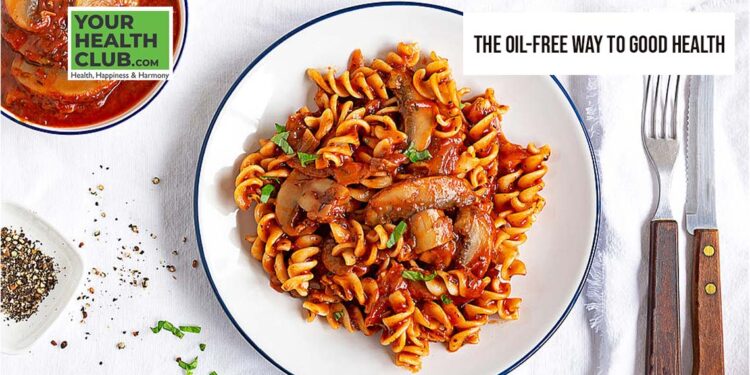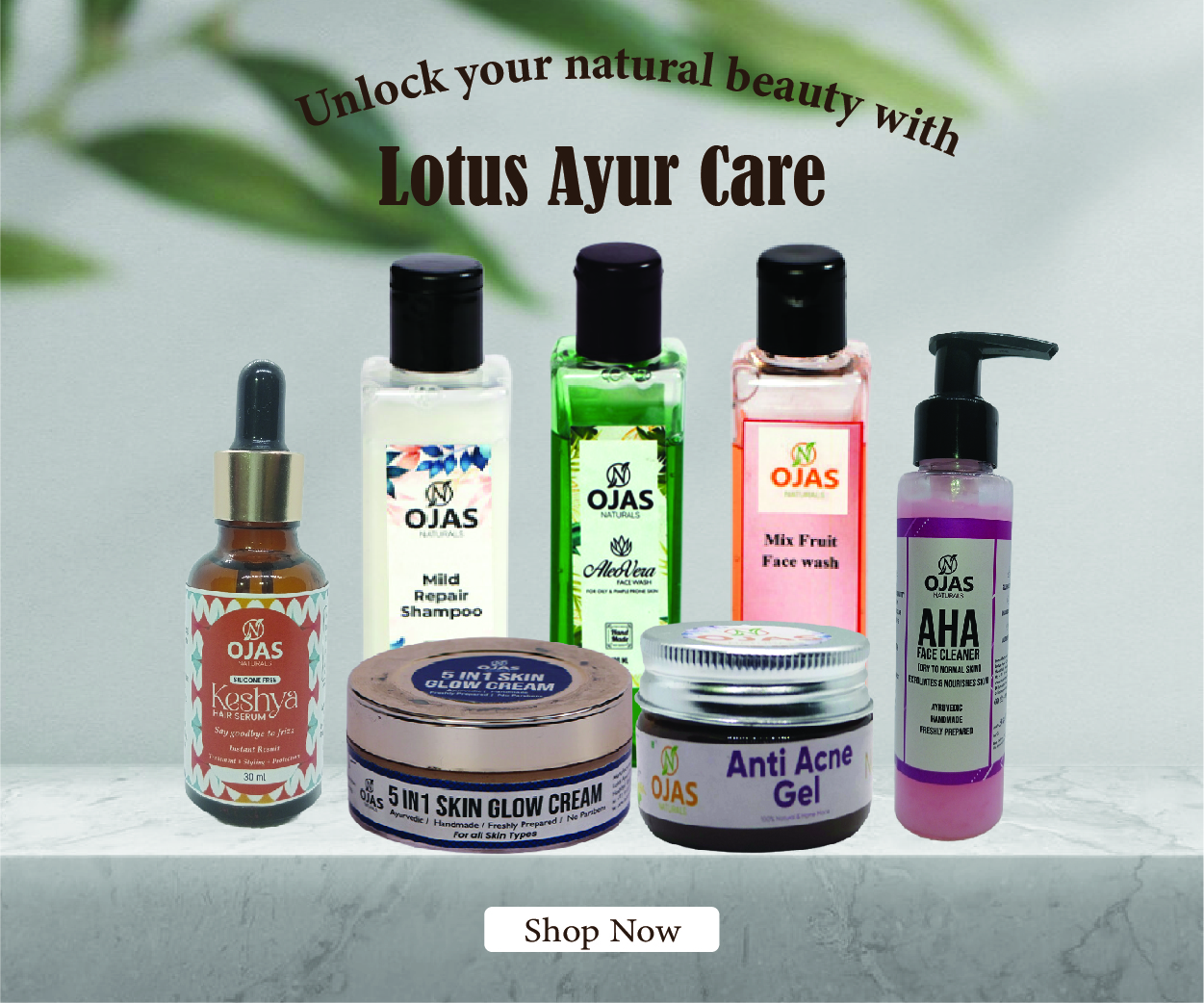The Healthiest Way Is Oil-Free
Eating is more than just chowing down on delectable cuisine. To live a healthy life, we must make sure that our bodies also get the proper nutrients in a balanced proportion. For this, one needs learn the skill of combining components in a way that results in a cuisine that is both healthful and delicious. A dish can be ruined by using too much of any one component; for example, using too many spices can make it bitter or using too much oil can make you feel sick.
Due to the growth of diseases linked to modern lifestyles, people are becoming more and more concerned with their health. We are aware that using oil excessively causes weight gain and skin conditions. But we use a lot of it when we cook because we think it will enhance the flavor.
It’s critical to realize that the majority of oils are high in calories, salt, and fat. More than twice as many calories as proteins and carbs can be found in one gram of fat (9 kilocalories). Most oils also don’t flavor meals in any way. Your food will taste better and be healthier to consume if you choose a low- or no-oil diet.
Cooking with little to no oil may sound absurd, but there are advantages to this. Start by choosing alternative cooking methods like grilling, steaming, or baking, or other cooking media like water or broth.
Today’s market is inundated with kitchen gadgets that can support your new cooking technique while also maintaining the nutritional value of your food.
So how do we transition to cooking without oil?
· 100% processed fat, or oil, is unhealthy when consumed in high quantities. It contains trans, saturated, and unsaturated fats. The healthiest fats are unsaturated fats, which can be found in two forms: monounsaturated (found in oils from almonds, sesame seeds, avocado, and olives) and polyunsaturated (such as oils from sunflower, fish, cottonseed, flaxseed, soybean, and safflower). Saturated fats are thought to be unhealthy for the body and typically include more calories. They are derived from palm, coconut, dairy, and animal oils. Trans fats, which are included in partially hydrogenated oils, are the most dangerous type.
· Cholesterol, which is also present in the oil, has a negative reputation. While high-density lipoprotein (HDL), or “good” cholesterol, benefits the body, low-density lipoprotein (LDL), or “bad” cholesterol, “promotes health difficulties.” Trans fats cause the body’s LDL levels to significantly increase while lowering HDL levels. So, while using oil in our cooking, think about how much more fat we eat each meal.
· According to research, regularly heating oil also alters its properties in a way that puts essential organs at risk and raises the risk of cardiovascular disease, hypertension, high cholesterol, atherosclerosis, osteoporosis, and other degenerative disorders.
· Find healthy alternatives to your favorite foods. Add nuts to your meals to add bulk and improve both physical and mental function because they are rich in heart-healthy elements. Coconut, which is high in vitamins and minerals, reduces inflammation, controls important bodily functions, and strengthens the immune system. Avocado offers heart-healthy monounsaturated fats and fiber, while eggs are a great source of protein and necessary lipids. Another excellent source of proteins and lipids is soybeans.
· Find healthy alternatives to your favorite foods. Add nuts to your meals to add bulk and improve both physical and mental function because they are rich in heart-healthy elements. Coconut, which is high in vitamins and minerals, reduces inflammation, controls important bodily functions, and strengthens the immune system. Avocado offers heart-healthy monounsaturated fats and fiber, while eggs are a great source of protein and necessary lipids. Another excellent source of proteins and lipids is soybeans.







